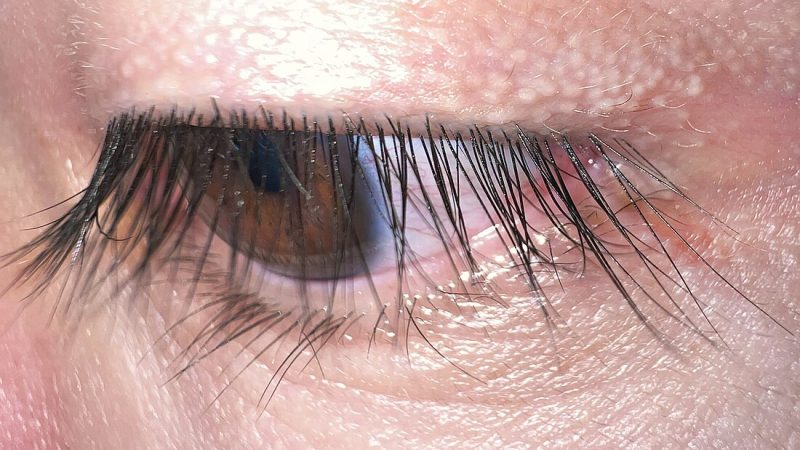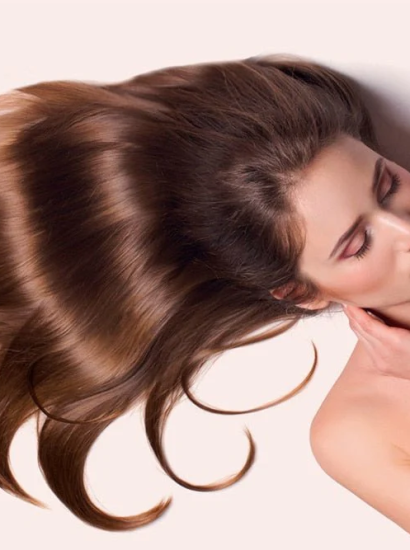From mascara ads to lash extensions, eyelashes have always been considered a symbol of beauty. But beyond aesthetics, eyelashes serve an important biological purpose. Many people ask, what are eyelashes made of? Understanding the structure, function, and fascinating facts about lashes can help us appreciate them beyond their beauty value.
What Are Eyelashes Made Of?
At their core, eyelashes are made of keratin, the same protein that forms hair and nails. Each lash is a strand of keratinized cells that grows from a follicle on the eyelid. They also contain pigments like melanin, which determine lash color, and are connected to tiny sebaceous glands that help keep them lubricated.
So, if you’ve ever wondered what are eyelashes made of, the short answer is: keratin protein and protective pigments supported by follicles and glands.
The Anatomy of an Eyelash
Eyelashes may look simple, but their structure is complex:
- Follicle – the root of the lash embedded in the eyelid skin.
- Shaft – the visible part of the lash made mostly of keratin.
- Bulb – the rounded bottom of the follicle where growth begins.
- Sebaceous glands – tiny oil glands attached to each follicle that prevent lashes from drying out.
When asking what are eyelashes made of, it’s essential to consider not just the lash fiber, but the entire growth system that keeps them healthy.
The Growth Cycle of Eyelashes
Like hair on the scalp, eyelashes grow in cycles:
- Anagen (growth phase) – lasts 1–2 months; lashes actively grow.
- Catagen (transition phase) – lasts 2–3 weeks; growth slows, follicles shrink.
- Telogen (resting phase) – lasts up to 4 months; lashes eventually shed and new ones grow in.
This cycle explains why we naturally lose a few lashes daily. When people ask what are eyelashes made of, it also involves understanding how keratin-based lashes renew themselves over time.
The Function of Eyelashes
Eyelashes do more than frame the eyes—they protect them.
Their functions include:
- Acting as sensors that trigger blinking when something comes close to the eye.
- Preventing dust, debris, and sweat from entering the eyes.
- Reducing sunlight and airflow, protecting delicate eye tissues.
Thus, the answer to what are eyelashes made of goes hand-in-hand with their protective role in eye health.
Eyelash Color and Genetics
The color of your eyelashes depends on melanin, the same pigment that gives hair and skin their tone. Darker lashes have higher levels of eumelanin, while lighter lashes have more pheomelanin. Genetics play the biggest role, but age and health can also affect lash color. Some people even notice lashes turning gray with age—just like scalp hair.
Differences Between Eyelashes and Other Hair
While both eyelashes and scalp hair are made of keratin, they differ in many ways:
- Eyelashes are shorter and thicker than scalp hair.
- They have a shorter growth cycle, which is why they don’t grow indefinitely.
- They shed less frequently, ensuring constant protection for the eyes.
So, when someone asks what are eyelashes made of compared to hair, the answer is: the same protein structure, but with unique growth and function characteristics.
Eyelashes in Beauty and Culture
Eyelashes have been celebrated for centuries. Ancient Egyptians used kohl to darken lashes, while modern beauty trends include mascara, lash lifts, and extensions. The cultural significance of lashes goes beyond beauty—they’re often associated with youthfulness and health. The question what are eyelashes made of takes on both scientific and cultural meaning in beauty rituals worldwide.
Common Eyelash Problems
Even though they’re small, eyelashes can face health issues:
- Trichotillomania – a condition where people pull out their lashes.
- Blepharitis – eyelid inflammation that affects lash follicles.
- Madarosis – lash loss due to medical conditions or infections.
- Styes – bacterial infections in lash follicles.
Understanding what are eyelashes made of helps us realize how delicate they are and why proper care matters.
How to Keep Eyelashes Healthy
Here are tips to maintain strong, beautiful lashes:
- Remove eye makeup gently to prevent lash breakage.
- Avoid excessive use of extensions or adhesives.
- Eat a protein-rich diet, since lashes are made of keratin.
- Use lash serums or oils to encourage growth.
By caring for them, you not only maintain beauty but also protect your eyes.
Fun Facts About Eyelashes
To wrap up, here are some fascinating facts:
- The average person has 90–150 lashes on the upper eyelid and 70–80 lashes on the lower.
- Lashes are the shortest hairs on the body, but among the most protective.
- They start developing in the womb at 7 weeks.
- The world’s longest eyelash recorded was over 8 cm (3 inches)!
Clearly, asking what are eyelashes made of opens the door to many surprising insights.
Conclusion
So, what are eyelashes made of? Primarily keratin and pigments, supported by follicles and oil glands. But beyond their structure, eyelashes are vital protectors of our eyes and symbols of beauty across cultures. Understanding their anatomy and function helps us appreciate them not just as a cosmetic feature, but as an essential part of human biology.
FAQs
Q1. What are eyelashes made of?
Eyelashes are made of keratin protein and melanin pigment, supported by follicles and sebaceous glands.
Q2. Do eyelashes grow back if lost?
Yes. Thanks to the natural growth cycle, eyelashes regrow in 6–12 weeks after shedding or falling out.
Q3. Why are eyelashes shorter than other hair?
They have a shorter growth cycle, which limits their length and keeps them practical for eye protection.
Q4. Can you make eyelashes grow faster?
Lash serums, proper nutrition, and gentle care can encourage healthier, stronger growth, though genetics play a big role.
Q5. Why do some people have naturally long eyelashes?
It’s mostly genetic. Some individuals inherit longer growth cycles or thicker lash density from their family.
Also read: When Was Mascara Invented? A Brief History of Bold Lashes





